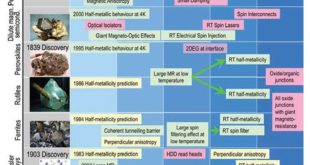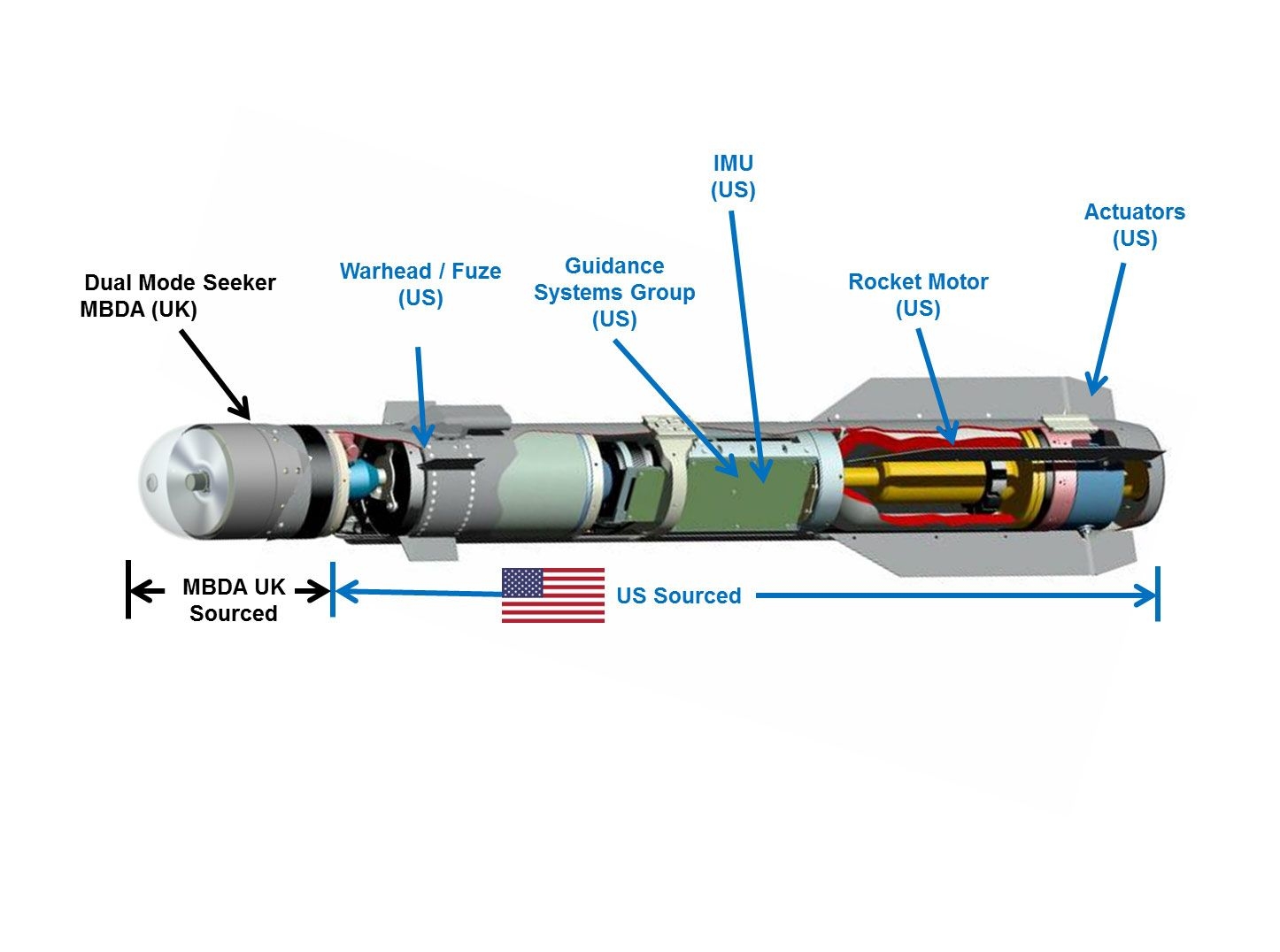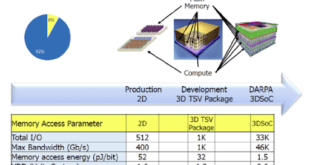Spin electronics (also called spintronics, magnetoelectronics or magnetronics) is “A branch of physics concerned with the storage and transfer of information by means of electron spins in addition to electron charge as in conventional electronics.” Spin-based electronics focuses on devices whose functionality is based primarily on the spin degree of …
Read More »Molecular spintronics is emerging field of nanoscale electronics that uses molecules to build ultrafast, low power electronics devices
The age of electrically-based devices has been with us for more than six decades. With more and more electrical devices being packed into smaller and smaller spaces, the limits of physical space will prevent further expansion in the direction the microelectronics industry is currently going. Also, volatile memory, which does …
Read More »Cognitive radio (CR) requirements for 5G, IoT, Space and Military
The information and communication technology industry is today faced with a global challenge: develop new services with improved quality of service (QoS) and at the same time reduce its environmental impact. In addition, the development towards 5G and Beyond (B5G) technologies, the exponential growth in the number of connected objects …
Read More »DARPA thrust on Machine Learning Applied to Military Radiofrequency applications
US considers the Electromagnetic domain that is the electromagnetic spectrum portion of the information environment as a domain of Warfare. Assured access to the RF portion of the electromagnetic spectrum is critical to communications, radar sensing, command and control, time transfer, and geo-location and therefore for conducting military operations. The …
Read More »Software Defined Radio (SDR) standards for commercial and Military
A radio is any kind of device that wirelessly transmits or receives signals in the radio frequency (RF) part of the electromagnetic spectrum to facilitate the communication or transfer of information. In today’s world, radios exist in a multitude of items such as cell phones, computers, car door openers, vehicles, …
Read More »Missile RF seekers being improved through Electronically steering, millimeter wave seekers, and Automatic Target Recognition (ATR) technology
In recent years, precision guided weapons play more and more important role in modern war. One of the greatest strengths of a precision strike missile is a reduction in the number of aircraft sorties required to destroy a target. One of the key contributors to the missile accuracy, lethality, and …
Read More »Missile Guidance
Missile guidance concerns the method by which the missile receives its commands to move along a certain path to reach a target. On some missiles, these commands are generated internally by the missile computer autopilot. On others, the commands are transmitted to the missile by some external source. The missile …
Read More »DARPA 3DSoC developed high performance 3D ICs based on CNT FET for future DOD computation systems
Deployed electronic systems increasingly require advanced processing capabilities, however the time and power required to access system memory – commonly referred to as the “memory bottleneck” – takes a significant toll on their performance. Any substantial improvement in electronic system performance will require a radical reduction in memory access time …
Read More »3D heterogeneous integration enable higher performance and low cost IoT, military RADAR, communications, imaging and sensing
Electronics are deeply embedded into the fabric of our society, changing the way we live, work and play while bringing new efficiencies to our global lifestyles, industries, and businesses. We are in the era of the digital economy and ubiquitous connectivity, and the market forces driving data and systems growth …
Read More »Bioelectronics promise more sustainable, biologically produced products including Touch Sensors and Printed Electronics
Bioelectronics is the discipline resulting from the convergence of biology and electronics and it has the potential to significantly impact many areas important to the nation’s economy and well-being, including healthcare and medicine, homeland security, forensics, and protecting the environment and the food supply. It is being fostered by the …
Read More » International Defense Security & Technology Your trusted Source for News, Research and Analysis
International Defense Security & Technology Your trusted Source for News, Research and Analysis







